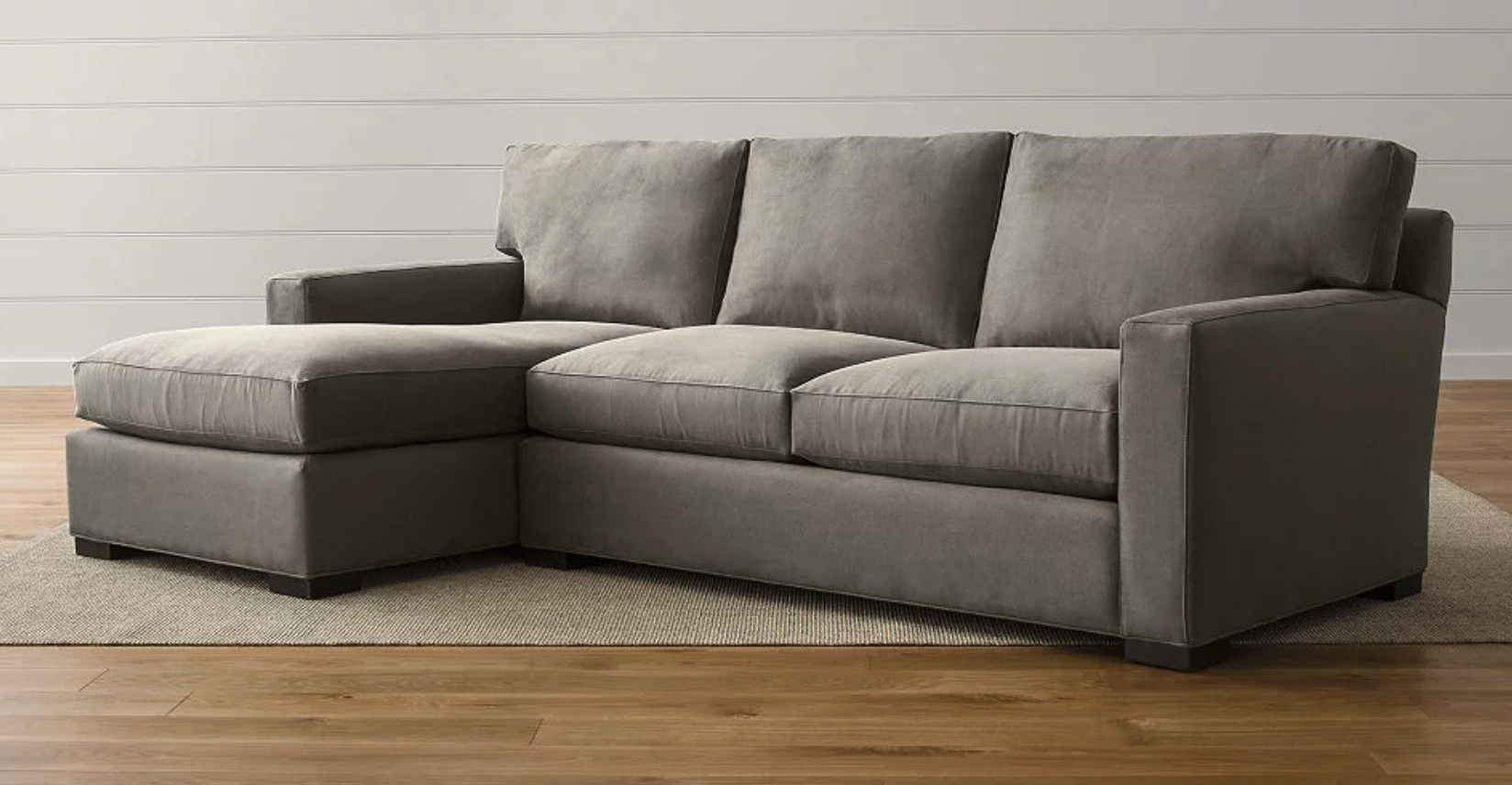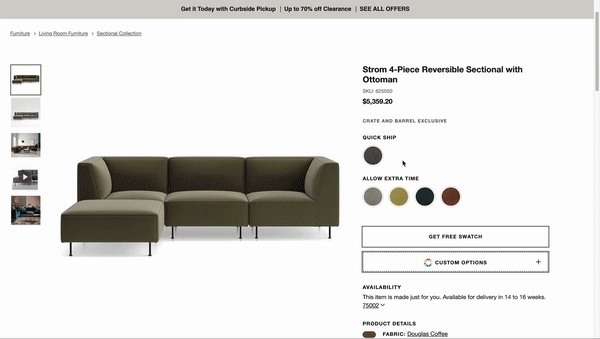Visual product configuration is revolutionizing eCommerce. Here's how.
Today, it takes more than 3D visuals to stay ahead of the digital marketing curve – it takes 3D visual product configuration. This marketing tool has completely transformed the landscape of how we do business, as well as how our customers navigate their journey
The revolution has been underway for at least a decade, but the pandemic put the shift toward 3D visual product configuration into hyperdrive. For the first time in history, customers were ordered to do virtually all of their shopping from home. This meant no more in-person shopping sprees. No more window shopping at the mall. No more chances to pick a product up off the shelf to get an up-close look at and feel for what they may consider purchasing.
Leading-edge brands saw this forced change in behavior and responded by raising the bar in the world of eCommerce by designing and deploying 3D visual product configuration experiences. These enable shoppers to peruse a brand’s entire inventory in real time, right from the comfort of home. They can embark on a self-guided journey while taking out the guesswork. With the rising popularity of these interactive shopping experiences, shopper expectations have risen as well.
Let’s take a look at some hard data proving that consumers in every corner of the globe expect the benefits of 3D visual product configuration, and how brands leading the charge have benefited from looking toward the future of eCommerce.
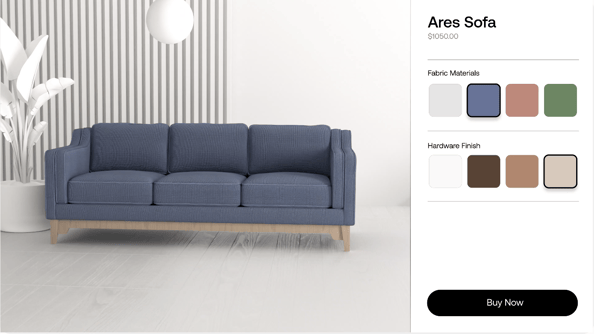
2D images are a thing of the past.
Just a few short years ago, consumers were satisfied with a mere three 2D images of a product in their digital shopping journeys. As recently as 2019, that number had leaped to eight. Today, brands utilizing 3D product configurators see 66% higher conversions than those earned by 2D solutions. It’s safe to assume that this trend will continue, meaning every brand marketing products online would be wise to partner with a scalable 3D product configurator platform that can handle their inventory, both today and in the years to come.
Furthermore, shoppers are doing more of their browsing and shopping on their smartphones and prefer 3D visuals over 2D, hands-down. Shoppers on mobile devices ranked 360-degree spin features and 3D imagery #1 among all eCommerce visual presentations.
3D visuals increase customers' likelihood to purchase by 11x.
High-quality 3D visuals aren’t just a flashy marketing tool. They work, and there’s evidence to prove it. Houzz.com offers more than 10 million home décor products and furniture – they also happen to provide amazing 3D images and most modern augmented reality experiences. Co-founder and president Alon Cohen credits those marketing solutions with an 11x increase in likelihood to purchase.
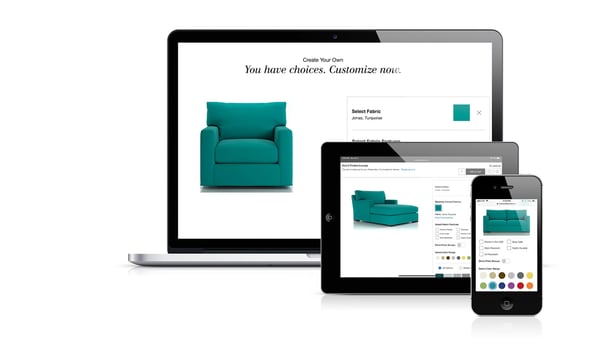
Video has a new rival.
While video remains a useful tool when it includes 3D visuals, consumers today put interactivity first. In fact, a survey found that 95% of customers prefer interactive 3D experiences to video playback. When customers have the power to select their ideal version of a product and inspect it from every conceivable angle while also zooming in for a look at the finer details, they have more overall confidence. Interactive 3D visual product configuration also results in higher conversion rates than video, which is proof that interactivity leads to boosts in sales.
3D photography reduces returns and improves loyalty.
When customers can get a full 360-degree view of the product they’re considering, they have a clear idea of what will ultimately show up on their doorstep. This dramatically decreases the likelihood of returns, which cost brands incalculable amounts of money and also have negative impacts on the environment. After using 3D photography to enhance its online shopping experience, Home Depot reported a 35% reduction in returns.
Top-of-the-line 3D product visuals protect your bottom line.
The days of planning shoots, procuring products, coordinating crews, and putting hours into photographing every product in a catalogue are behind us. Or at least, they should be. 3D product visual configuration is all virtual, meaning that brands can now sidestep time and money that has plagued their budget for decades.
Platforms like Threekit match clients with virtual photographers who create photorealistic 3D renderings of a brands entire catalogue without ever having to step behind a camera. They can add digital layers at any time to account for every last color option, available accessory, and overall permutation that exists – or may one day exist – so that brands can also gather valuable data on hypothetical product versions before putting them into production. This data also enables brands to zero in on most-viewed permutations by demographic so they can target their digital ads accordingly.
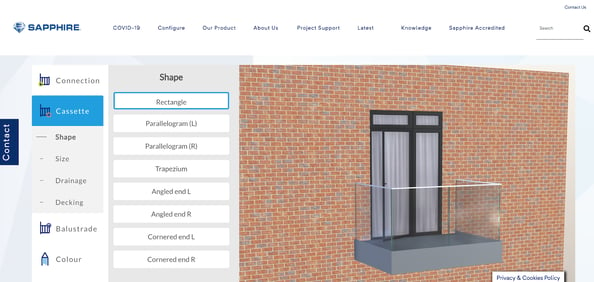
The takeaway
Clearly, 3D visual product configuration is here to stay, and the brands who incorporate this revolutionary tool into their digital marketing brands will thrive. This next question is, what platform is right for your brand? If you’re prepared to put high-quality visuals to work for your brand with a partner that can grow with you, our team at Threekit is the perfect candidate.
We’ve been raising 3D visual standards at Threekit since before they were the expectation for online shoppers. In fact, our founders have roots in Hollywood CGI effects. We also partner with some of the world’s leading digital marketing agencies to ensure our clients get the latest, most effective experiences available. From high-quality 3D visual product configurators to state-of-the-art augmented reality experiences, our virtual photographers and account force have seen it all and always have their eyes on what’s next.
Ready to put your brand in the lead with a scalable 3D visual product configurator? Get in touch today for a consultation or demo.
